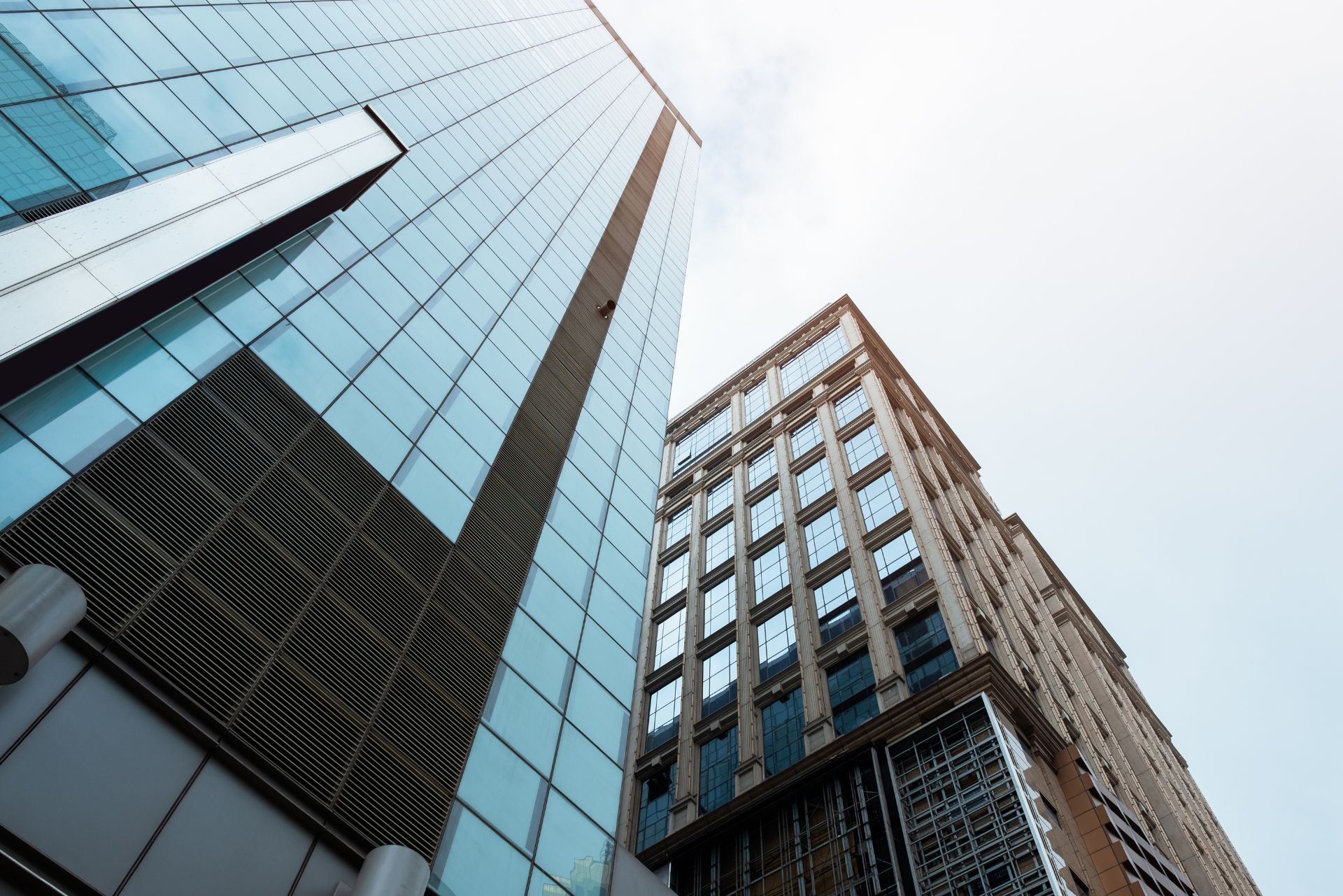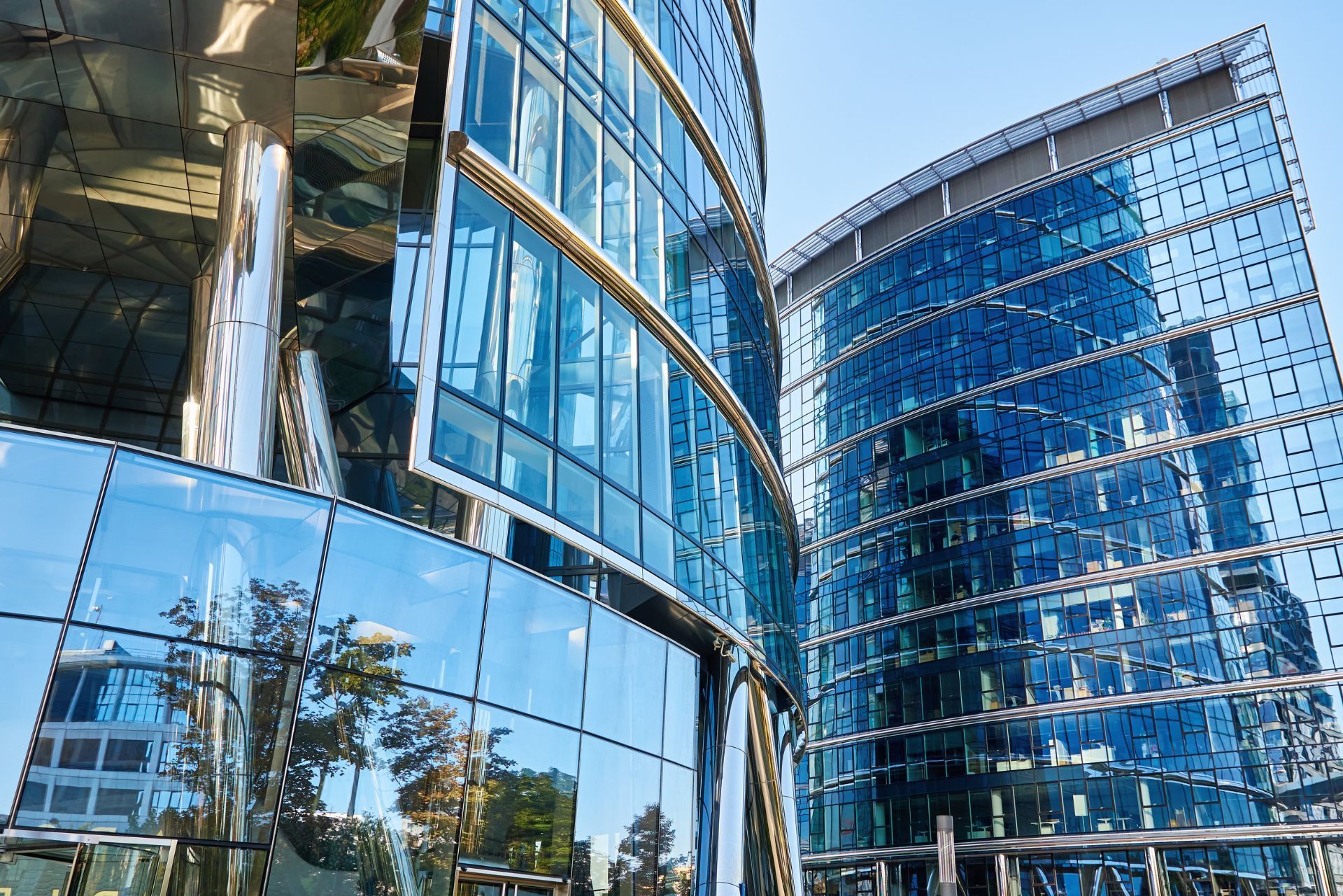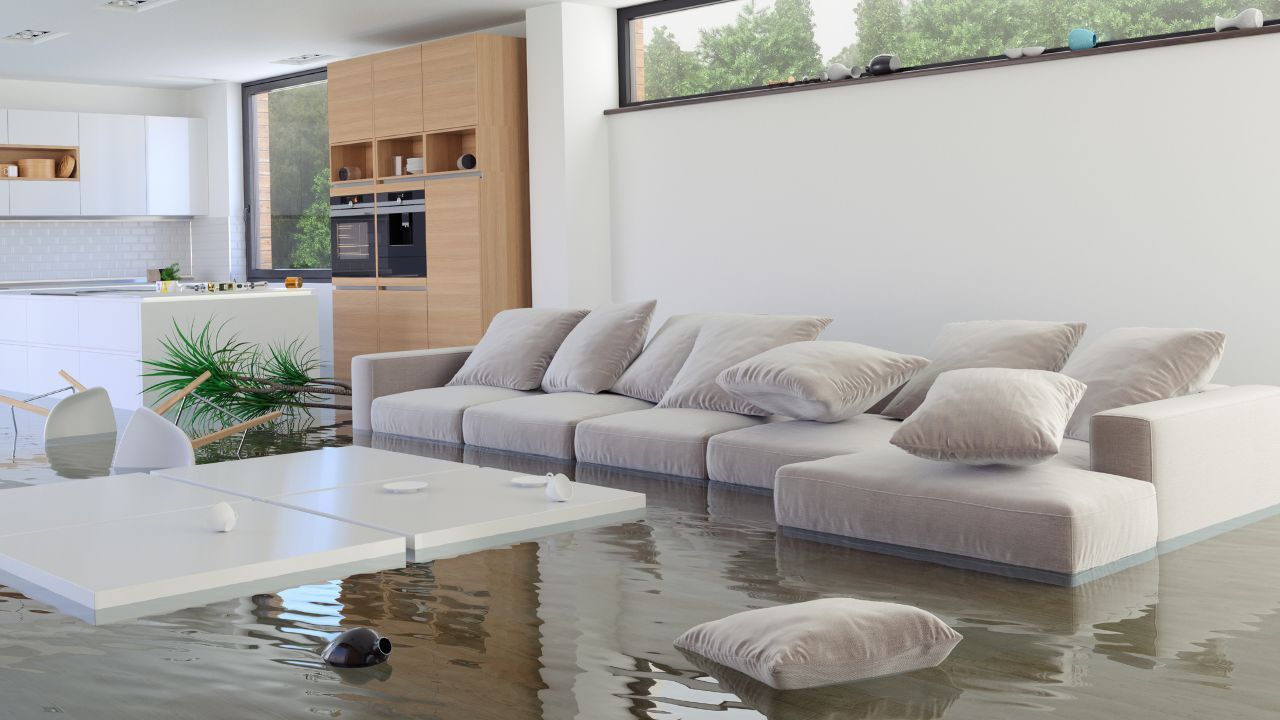Spartanburg, South Carolina Commercial Property Insurance

9:00am - 5:00pm Mon-Fri
Will Reply in 15min*
Index
Spartanburg’s Industrial Growth and Its Impact on Insurance Needs
Key Risks Affecting Commercial Property Insurance in Spartanburg
Choosing the Right Commercial Property Insurance Coverage
Insurance Considerations for New Developments and Existing Properties
Working with Insurance Providers and Brokers in Spartanburg
Conclusion: Protecting Your Spartanburg Commercial Property Investment
Contact Us
Phone
864-626-6181
service@southerninsured.com
Location
5 Century Drive Suite 130 Greenville, SC 29607
810 Dutch Square Boulevard, Suite 123 Columbia, SC 29210
Spartanburg, South Carolina, has rapidly emerged as a thriving hub for industrial and commercial real estate, fueled by a booming manufacturing sector and strategic geographic advantages. This growth brings exciting opportunities for investors, developers, and business owners alike. However, with expansion comes the critical need to understand the nuances of commercial property insurance tailored to this dynamic market. This guide explores key considerations, risks, and trends shaping commercial property insurance in Spartanburg, helping stakeholders protect their investments effectively.
As the region experiences significant industrial development, including the sale of state-of-the-art Class-A facilities, understanding insurance requirements becomes essential for safeguarding assets against natural disasters, market fluctuations, and operational risks. For more insight into the area's economic momentum, see the
2024 manufacturing-driven construction growth report.
Spartanburg’s Industrial Growth and Its Impact on Insurance Needs
Spartanburg's commercial real estate market is experiencing a notable surge, particularly in industrial properties. In 2024, construction starts in South Carolina grew by 28%, largely driven by manufacturing expansion. This boom has translated into increased demand for industrial spaces, especially smaller facilities between 50,000 and 200,000 square feet, which have seen strong absorption rates despite slower uptake of larger complexes.
This growth directly influences commercial property insurance considerations. Newer buildings, such as the recently sold 226,800 square-foot Class-A industrial facility in Spartanburg, often come with advanced safety features and modern construction standards that may impact insurance premiums favorably. However, the sheer volume of new construction—over 18 million square feet currently underway in the Upstate region—means insurers and property owners must remain vigilant about evolving risk profiles.
With the Upstate boasting more than 234 million square feet of industrial real estate, insurance policies must be tailored to reflect the diversity of property types and uses. The presence of third-party logistics users actively leasing space further complicates risk assessments, as operational hazards and liability exposures vary widely across tenants. For instance, a facility housing a food distribution center will face different risks compared to one used for heavy machinery manufacturing, necessitating specialized coverage options to address these unique challenges.
Moreover, the rapid growth of e-commerce has fueled demand for warehousing and distribution centers, leading to an influx of businesses seeking to optimize their supply chains. This trend not only increases the number of industrial properties but also elevates the stakes for insurance providers who must account for the potential disruptions in logistics and delivery. As businesses adapt to changing consumer behaviors, insurance policies must evolve to cover new risks associated with technology integration, such as cyber threats and data breaches that could impact operational continuity.
For a detailed look at industrial real estate trends, the
McDaniel and Company industrial real estate update offers valuable data and analysis.

Key Risks Affecting Commercial Property Insurance in Spartanburg
Natural disasters pose a significant threat to commercial properties in South Carolina, and Spartanburg is no exception. In 2022, the state faced $1.3 billion in insured property losses, largely due to hurricanes and severe thunderstorms. These weather events can cause extensive damage to buildings, equipment, and inventory, making comprehensive insurance coverage indispensable. The frequency and intensity of these storms have been on the rise, prompting local businesses to rethink their disaster preparedness strategies. Many are investing in fortified structures and advanced weather monitoring systems to mitigate potential losses.
Beyond natural hazards, the region’s rapid industrial growth introduces risks related to construction defects, operational interruptions, and tenant liabilities. Insurance policies must address these factors through tailored coverage options such as builder’s risk, business interruption, and liability insurance. As Spartanburg attracts more businesses, the potential for increased competition also raises the stakes for operational efficiency. Companies must ensure that their insurance policies not only cover physical assets but also protect against revenue losses that can occur due to unexpected operational halts.
Additionally, Spartanburg’s industrial properties are notably more affordable than other markets, with an average price per square foot of $67 compared to the national average of around $150. This cost advantage can influence insurance valuations and premium calculations, but it also underscores the importance of accurate property appraisals to avoid underinsurance. The lower property costs can attract new investors and businesses, further increasing the demand for commercial space. However, this influx can lead to a saturated market, which may complicate the risk landscape as competition intensifies and property values fluctuate.
Understanding these risk factors is crucial for selecting the right insurance products. For further insight into property loss trends and risk management, consult the
TWFG Commercial insurance overview. Furthermore, businesses should consider engaging with local insurance experts who can provide tailored advice based on the unique challenges and opportunities present in Spartanburg's evolving commercial landscape. By staying informed and proactive, property owners can better navigate the complexities of insurance and safeguard their investments against both current and emerging risks.
Choosing the Right Commercial Property Insurance Coverage
Commercial property insurance in Spartanburg should be comprehensive enough to cover physical damage, loss of income, and liability exposures. Property owners must evaluate the scope of coverage to include protection against fire, windstorm, hail, vandalism, and other perils common to the region.
Given the prominence of industrial facilities, policies often need to incorporate specialized endorsements such as equipment breakdown coverage and environmental liability protection. These add-ons help mitigate risks associated with manufacturing operations and logistics activities. For instance, equipment breakdown coverage can be crucial for businesses that rely heavily on machinery, as even a minor malfunction can lead to costly repairs and significant downtime. Environmental liability protection is increasingly important as regulations tighten around waste management and emissions, ensuring that businesses are safeguarded against potential legal and cleanup costs.
Another critical component is business interruption insurance, which compensates for lost income during periods when properties are unusable due to covered damages. This coverage is especially relevant in Spartanburg’s fast-paced market, where downtime can translate into significant financial losses. Moreover, businesses that depend on supply chains may find this coverage essential, as disruptions can ripple through operations, affecting not only the bottom line but also customer relationships and market reputation.
Working with experienced brokers who understand Spartanburg’s unique market dynamics can ensure that insurance packages are customized effectively. The
2025 Q2 Greenville Spartanburg Industrial Report by Colliers highlights how leasing trends and tenant profiles impact insurance needs, providing valuable context for policy design. Additionally, staying informed about local economic developments, such as new infrastructure projects or shifts in the industrial landscape, can help property owners anticipate changes in their insurance requirements. As Spartanburg continues to grow as a hub for logistics and manufacturing, understanding these trends will be essential for maintaining adequate coverage and protecting investments.
Insurance Considerations for New Developments and Existing Properties
For new developments, builder’s risk insurance is essential during the construction phase to protect against loss or damage to structures, materials, and equipment. Given the scale of ongoing projects in Spartanburg, this coverage safeguards significant capital investments until properties are operational. This type of insurance typically covers a range of risks, including theft, vandalism, and certain natural disasters, which can be particularly important in areas prone to severe weather events. Additionally, securing this insurance early in the project timeline can help mitigate financial risks and ensure that any unforeseen delays or damages do not derail the overall budget and timeline.
Existing properties require regular insurance reviews to ensure coverage limits keep pace with property values and market conditions. Inflation, renovations, and changes in occupancy can all affect insurance requirements. For example, as Spartanburg attracts new retailers and experiences population growth, neighborhood retail spaces are seeing increased leasing velocity, which may influence liability exposures and coverage needs. Property owners should also be aware that changes in local regulations or building codes can necessitate updates to their insurance policies, ensuring compliance and adequate protection against potential liabilities.
Property owners should also consider risk mitigation strategies such as installing storm-resistant features and implementing robust safety protocols to reduce premiums and claims frequency. These proactive measures not only enhance the safety of the property but can also lead to significant long-term savings on insurance costs. For instance, properties equipped with advanced security systems or fire suppression systems may qualify for discounts on their premiums. Furthermore, engaging in regular maintenance and risk assessments can help identify vulnerabilities before they lead to costly claims, thereby fostering a culture of safety and responsibility among tenants and property managers alike.
Insights from the
2024 Q3 Retail Greenville Spartanburg Report emphasize how demographic shifts and commercial activity affect insurance considerations for retail and mixed-use properties. The report highlights the importance of understanding local market trends, such as the rise of e-commerce and changing consumer behaviors, which can impact the types of coverage needed. As more businesses pivot to online sales, traditional retail spaces may require additional coverage for inventory and cyber liability, reflecting the evolving landscape of commercial real estate in Spartanburg.

Working with Insurance Providers and Brokers in Spartanburg
Choosing the right insurance partner is a critical step for commercial property owners in Spartanburg. Providers with local market expertise can offer tailored advice that aligns with regional risks and economic trends. Brokers who understand the nuances of Spartanburg’s industrial and retail sectors can help navigate complex policy options and secure competitive premiums.
Engaging with firms experienced in South Carolina’s commercial real estate market ensures that coverage gaps are minimized and claims processes are streamlined. Given the area's rapid development and evolving risk landscape, proactive communication between property owners and insurers is vital.
Industry professionals recommend regular policy reviews and risk assessments to adapt coverage as market conditions change. This approach helps maintain adequate protection and supports long-term investment stability.
Additionally, understanding the specific risks associated with Spartanburg's geographical location can further enhance the effectiveness of insurance strategies. For instance, the region is susceptible to natural disasters such as floods and severe storms, which necessitates specialized coverage options. Property owners should consider policies that include flood insurance or windstorm coverage to safeguard their investments against potential losses. Furthermore, local brokers often have insights into the claims history of specific areas, which can inform property owners about the likelihood of certain risks occurring in their vicinity.
Moreover, the importance of building strong relationships with insurance providers cannot be overstated. A collaborative approach allows property owners to communicate their unique needs and concerns effectively. This partnership can lead to more favorable terms and conditions, as insurers are often more willing to negotiate when they have a comprehensive understanding of a client's business model and risk profile. Regularly scheduled meetings and open lines of communication can foster trust and ensure that both parties are aligned in their goals, ultimately leading to a more resilient insurance strategy tailored to the dynamic landscape of Spartanburg's commercial property market.
Conclusion: Protecting Your Spartanburg Commercial Property Investment
Spartanburg’s commercial real estate market is vibrant and growing, driven by manufacturing, logistics, and retail expansion. This growth brings both opportunities and challenges, particularly in managing risks through effective commercial property insurance.
By understanding the region’s unique risk factors—including natural disasters, industrial operational hazards, and market dynamics—property owners can make informed decisions about coverage. Leveraging expert insights, market data, and tailored insurance solutions will help safeguard investments and support sustainable growth in this promising South Carolina market.
For ongoing updates and detailed market analysis, staying connected with resources like
Lee & Associates Greenville’s recent industrial sales reports can provide valuable context for insurance planning and risk management.







